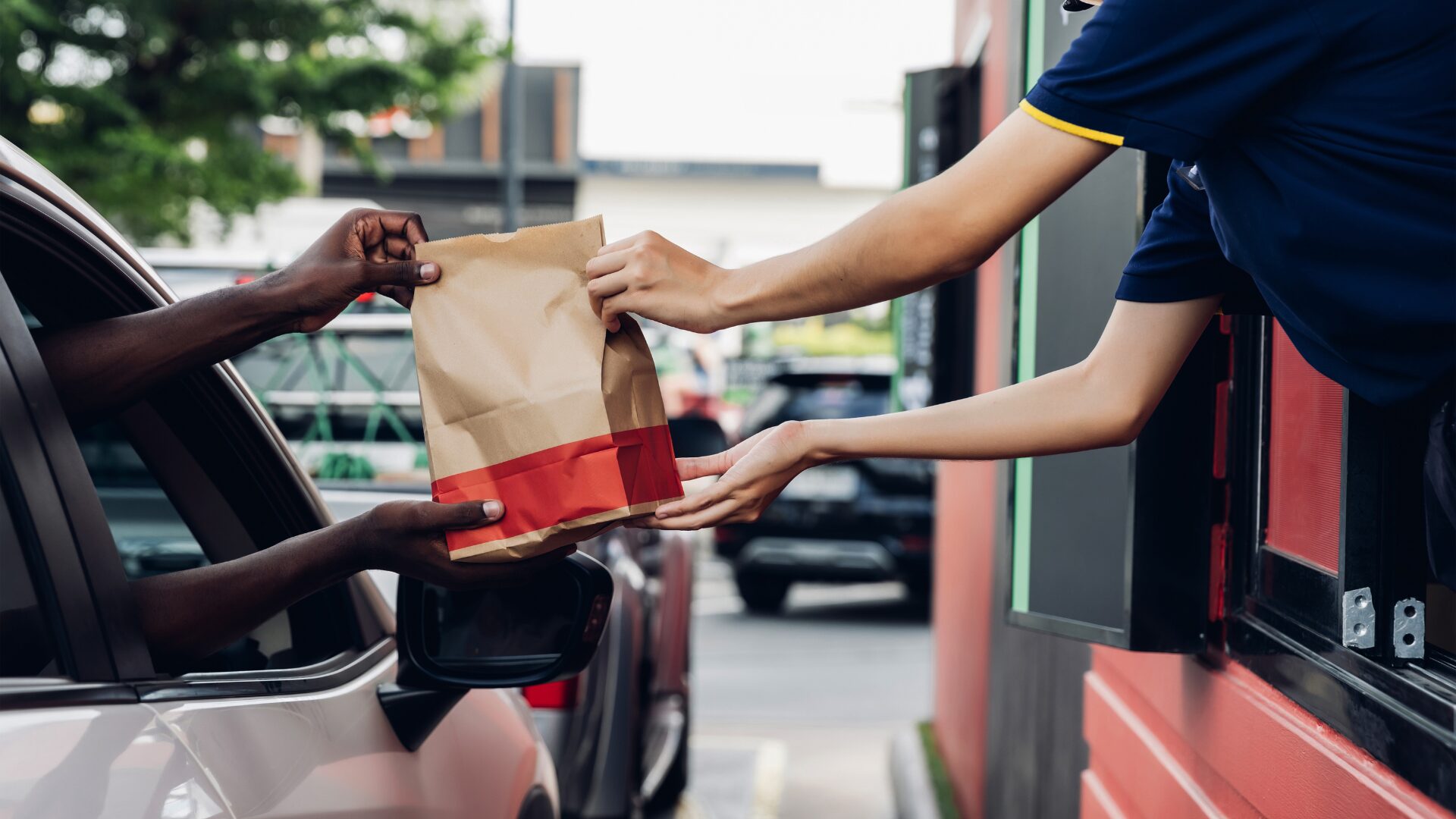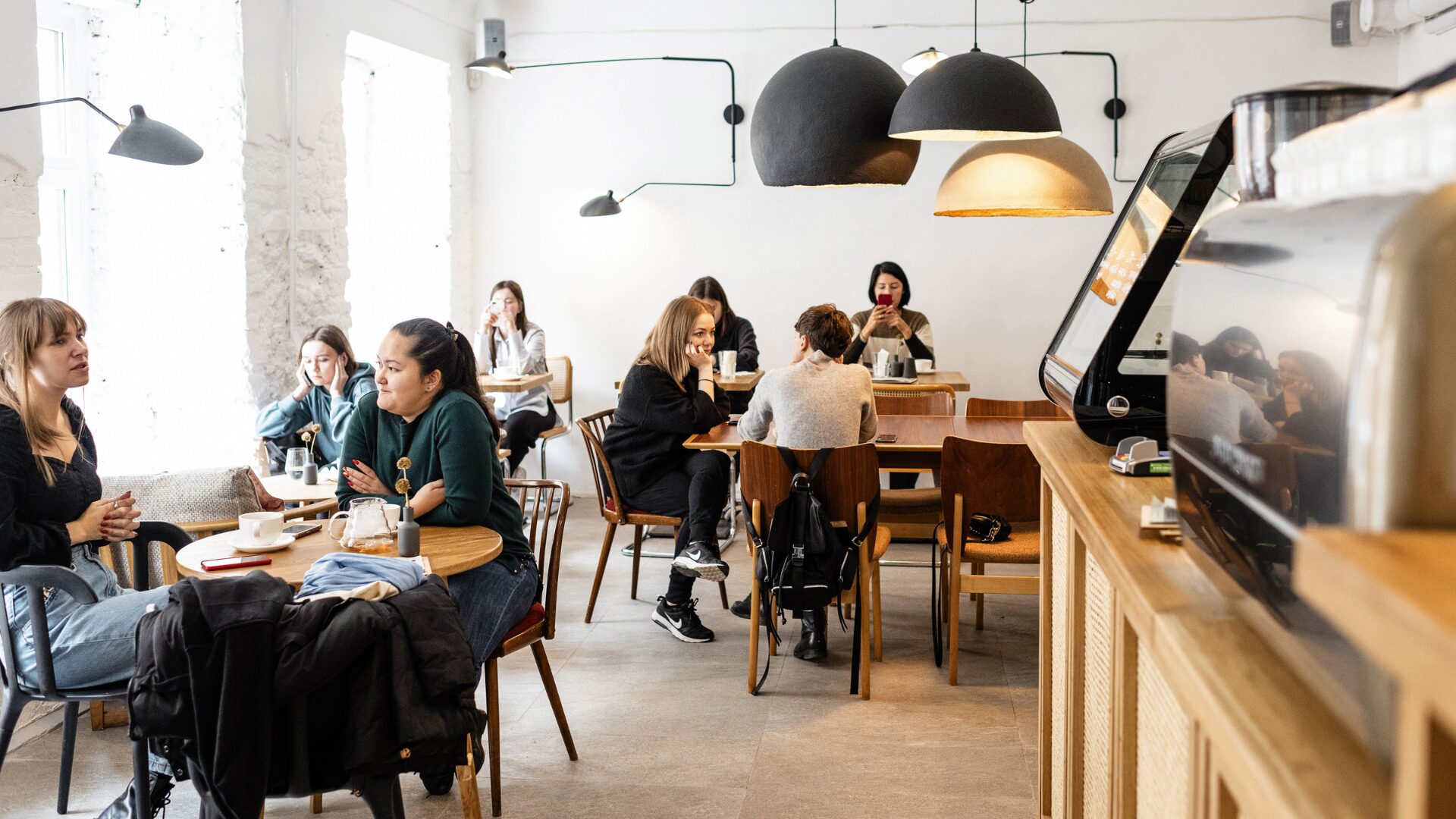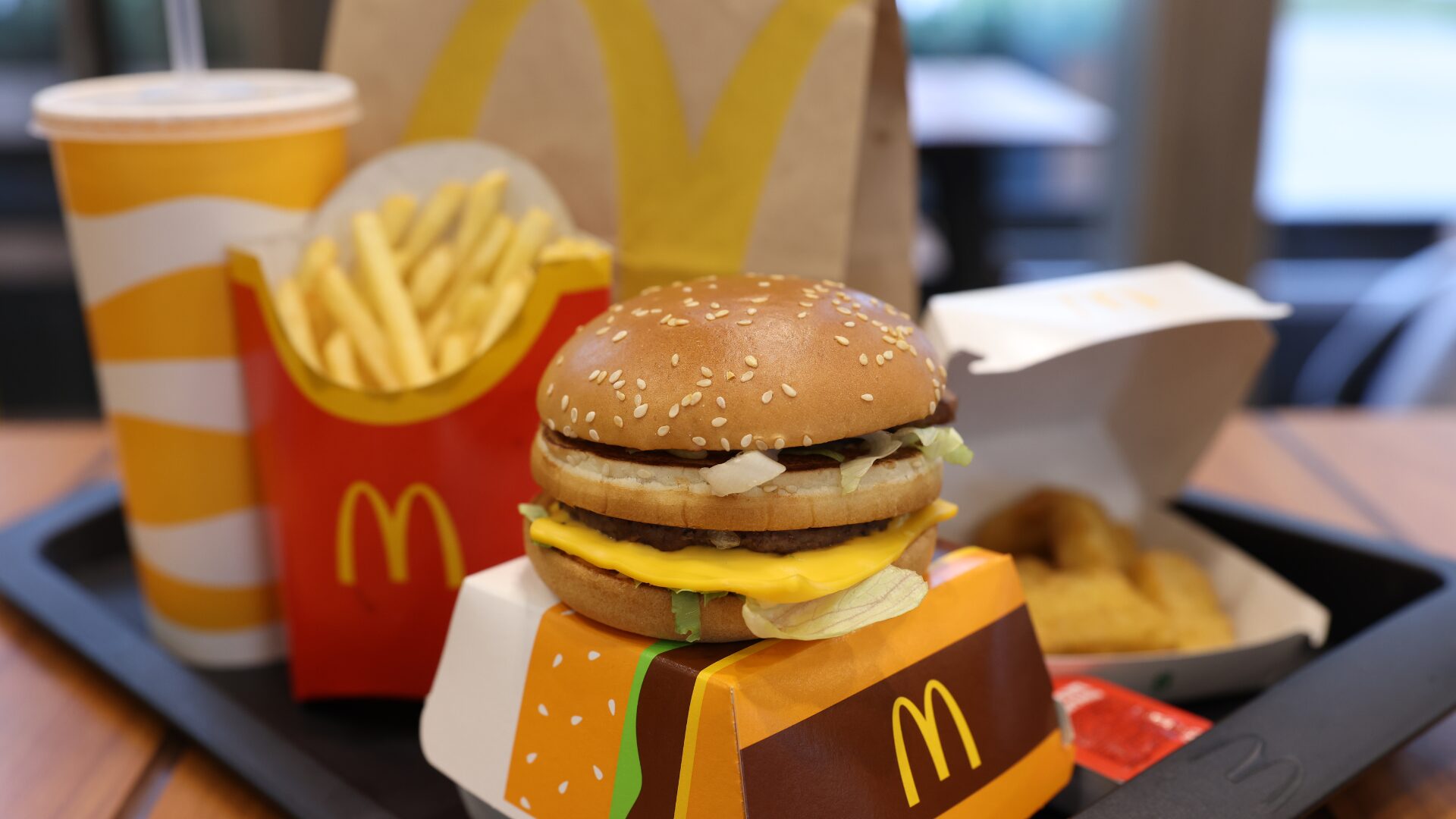The pandemic was not kind to T.K. Pillan and his Veggie Grill, a small chain of 31 restaurants in the West and Boston. Now there are just 17 – and Veggie Grill isn’t the only chain to deal with restaurant closures.
Blame the supply chain. Blame remote work. Blame fickle restaurant-goers.
“Our recently completed closures were a byproduct of reduced traffic patterns in high-density office trading areas,” Pillan, co-founder and CEO of the chain, told The Food Institute. “As the shift to home offices and flex schedules has continued following the pandemic, restaurants across all segments have been forced to re-evaluate their location strategies, and Veggie Grill is no different.”
Pillan called the restaurant closures a strategic move to “lay the foundation for future sustainability.”
Small Chains Feel the Pain
Veggie Grill is not alone when it comes to restaurant closures. The situation was even more dire for Fatz Café, the Southern food chain founded in 1988. Fatz Café hit its peak in 2011 when it numbered 50 locations. Restaurant Business recently reported it has now closed its remaining 18 locations after years of negative sales.
The restaurant closures come despite increasing sales for the sector overall. Data from the U.S. Census Bureau shows eating and drinking establishments saw $91.1 billion in sales in July, up 1.4% from June and the third straight month of solid sales growth. The figure was up 11.8% from July of last year before adjusting for inflation.
“The recent upward trend in restaurant sales was even more impressive considering that it occurred during a period of slowing menu-price growth. In other words, sales growth wasn’t primarily driven by higher menu prices, as it was for much of the past year,” the National Restaurant Association noted in a statement..
The Associated Press reported large restaurant chains are benefiting from the increased spending with Darden reporting profit growth of 11.7% and Chipotle up 34.2%. Yum Brands and Starbucks also reported solid growth.
Underrated Factors at Play
Richard Goodall, managing director at Power EPOS, told The Food Institute a recent survey indicates restaurants overall chose to absorb the recent food inflation rather than raising prices and alienating customers.
“Power EPOS’s recent study highlights a significant challenge: the intense food inflation which peaked at 19.2% in March 2023. Remarkably, restaurants and cafes have seen an inflation rate that’s 78% less than food and non-alcoholic beverage inflation from July 2022 to July 2023,” Goodall said.
“It’s likely this is having an even greater effect on niche restaurants such as those in the plant-based sector as they fight twice as hard to compete.”
Danielle Reid of the marketing firm DR and Associations said location and supply chain are big issues.
“Many business owners … were not prepared for supply chain issues and didn’t have contingency planning in place. Restaurants are having to find new vendors, deal with quality issues, and more from suppliers ranging from local/regional farmers to commercial cleaning services,” Reid said.
This is particularly true of vegetarian restaurants like Veggie Grill, said Grant Gordon of Pure Greens in Phoenix.
“One reason why these types of restaurants are unable to succeed is the extent to which they must rely upon each of their main ingredients to serve their customers.
The Food Institute Podcast
What drives consumers in the frozen food sector? According to Red’s All Natural founder Mike Adair, they want both convenience and better-for-you attributes. City National Bank managing director Jennifer Braasch also shares how the frozen food sector has grown despite the pandemic and inflationary pressures.












